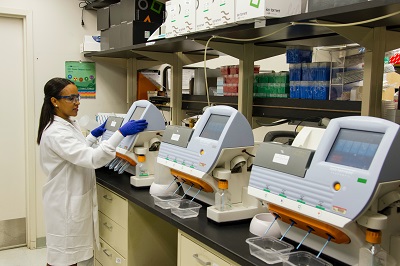Handling the application for EU CE certification of Class D medical devices involves several critical steps to ensure compliance with the EU Medical Device Regulation (MDR) 2017/745. Here's a structured approach to managing this process:
1. Preparation and Planning
Understand Requirements: Familiarize yourself with the MDR 2017/745, specifically sections related to Class D medical devices, to ensure a clear understanding of the regulatory requirements.
Assemble a Team: Designate a team responsible for managing the certification process, including regulatory affairs, quality management, clinical evaluation, and documentation.
2. Develop Technical Documentation
- Design Dossier: Compile a comprehensive Design Dossier, including:
- Device Description: Detailed description, intended use, and design specifications.
- Risk Management: Documentation of risk management activities following ISO 14971.
- Clinical Evaluation: Clinical data and Clinical Evaluation Report demonstrating safety and effectiveness.
- Performance Testing: Results from performance and safety testing.
- Labeling and IFU: Drafts of labeling and Instructions for Use (IFU) compliant with MDR requirements.
- Manufacturing Information: Details about the manufacturing process and quality control.
3. Implement and Document Quality Management System (QMS)
- ISO 13485 Compliance: Develop and implement a QMS according to ISO 13485:2016, including:
- Documented Procedures: Create and maintain documented procedures for all aspects of quality management.
- Internal Audits: Conduct regular internal audits to ensure compliance and effectiveness.
- Management Reviews: Regularly review the QMS to address any non-conformities or improvements.
4. Choose and Engage a Notified Body
Select a Notified Body: Choose a Notified Body accredited to certify Class D medical devices. Ensure they are recognized for the specific type of device you are certifying.
Initial Contact: Reach out to the Notified Body to discuss your device, application requirements, and fees. Obtain their application guidelines and requirements.
5. Prepare and Submit Application
- Application Form: Complete the application form provided by the Notified Body.
- Submit Documentation: Provide the completed Design Dossier and any additional required documentation.
- Fee Payment: Pay any applicable fees for the application and certification process.
6. Notified Body Evaluation
- Document Review: The Notified Body reviews your technical documentation to ensure it meets MDR requirements.
- On-Site Audit: Prepare for an on-site audit, where the Notified Body will assess your QMS and manufacturing processes. Ensure all relevant documentation is available and up-to-date.
- Address Findings: If the Notified Body identifies any issues or non-conformities, implement corrective actions and provide evidence of these actions to the Notified Body.
7. Obtain Certification
- Final Review: The Notified Body will conduct a final review of your documentation and audit findings.
- Certification Issuance: If all requirements are met and corrective actions are satisfactory, the Notified Body will issue a CE certificate.
- CE Marking: Affix the CE mark to your device and ensure all labeling and documentation are updated to reflect the certification.
8. Post-Certification Responsibilities
- Post-Market Surveillance: Implement a system for monitoring the device's performance and safety after it is on the market. This includes collecting user feedback and reporting adverse events.
- Maintain QMS: Continuously adhere to the QMS requirements and conduct regular audits.
- Regulatory Updates: Stay informed about changes to regulations and standards that may affect your device. Update your documentation and processes as necessary.
9. Continuous Improvement
- Review and Update: Regularly review and update your technical documentation, QMS, and post-market surveillance processes based on feedback and regulatory changes.
- Training: Provide ongoing training for your team on regulatory requirements and quality management.

Contact Us:
Whatsapp or Wechat:+86 15816864648;email address:hito.lin@grzan.cn
.png)
.jpg)

.png)

.png)